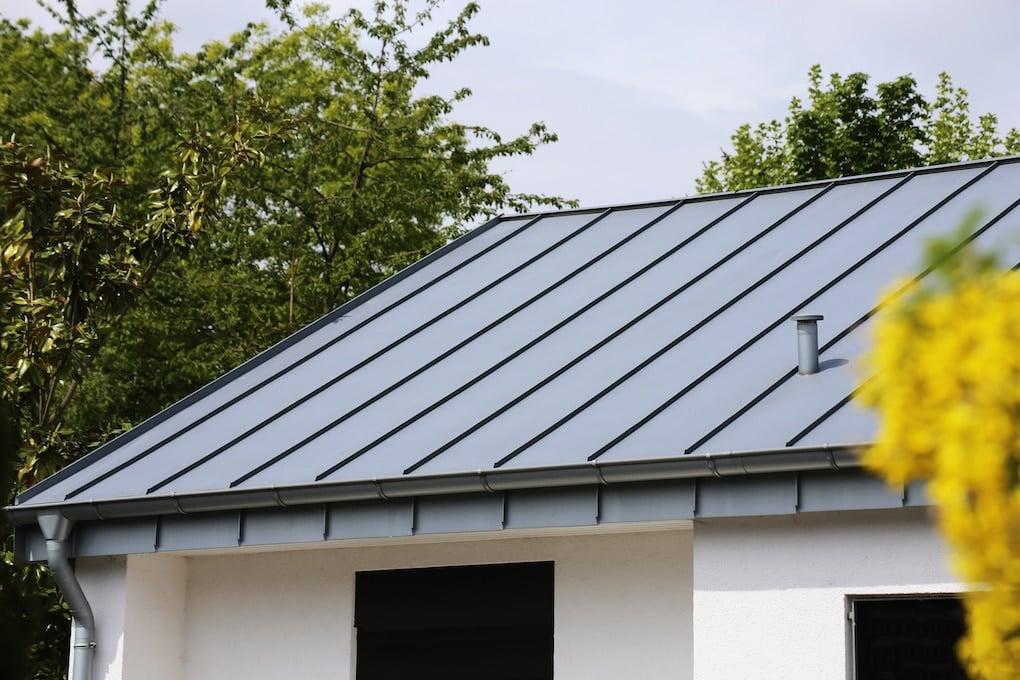When it comes to installing a metal roof, one crucial aspect that should not be overlooked is the screw pattern. The screw pattern determines the spacing and placement of screws that secure the metal panels to the roof deck. A proper screw pattern is essential for ensuring the stability, longevity, and weather resistance of the metal roof. In this article, we will explore the importance of the metal roof screw pattern, its impact on installation and performance, and guidelines for achieving a reliable and effective screw pattern.

Understanding:
Spacing and Placement: The pattern refers to the distance between screws and their placement on the metal roof panels. The spacing and placement may vary depending on factors such as the type of metal panels, roof slope, local weather conditions, and building codes. It is crucial to follow manufacturer guidelines and local regulations to determine the appropriate pattern for your specific metal roof.
Fastener Types: Metal roofs are typically secured using screws or fasteners specifically designed for metal roofing applications. These fasteners should have weather-resistant coatings and be compatible with metal panels to prevent corrosion and ensure a secure connection. The choice of fastener type and size should align with the manufacturer’s recommendations and industry standards.
Importance:
Structural Stability: A proper screw pattern is crucial for maintaining the structural stability of the metal roof. The correct spacing and placement of screws help evenly distribute the weight and forces exerted on the roof, minimizing the risk of panel distortion, uplift, or loosening over time. This is especially important in areas prone to high winds or severe weather conditions.
Leak Prevention: The screw pattern plays a significant role in preventing water infiltration and leaks. When installed correctly, the screws create a secure and watertight seal between the metal panels and the roof deck. Proper spacing and placement help ensure that water does not penetrate through gaps or around the screw holes, preserving the integrity of the roof system.
Guidelines for Achieving:
Manufacturer Recommendations: Always refer to the manufacturer’s installation guidelines and specifications for the recommended screw pattern. Manufacturers often provide specific instructions based on the type of metal panels, roof slope, and regional weather conditions. Adhering to these guidelines is crucial for proper installation and warranty compliance.
Building Codes and Local Regulations: Consult local building codes and regulations to ensure compliance with regional requirements. Building codes may specify minimum screw spacing and other guidelines to ensure structural integrity and safety. It is essential to work with a professional roofing contractor familiar with local codes and standards.
Professional Installation: For optimal results, it is recommended to hire an experienced roofing contractor with expertise in metal roof installation. A professional contractor will have the knowledge and skill to determine the appropriate screw pattern based on the specific requirements of your roof.
Conclusion:
The metal roof screw pattern is a critical element in ensuring the stability, longevity, and performance of your metal roof. By following manufacturer recommendations, local building codes, and professional installation, you can achieve a reliable and effective screw pattern. A properly installed metal roof with the right screw pattern ensures excellent protection, durability, and long-lasting peace of mind.



Leave a Reply